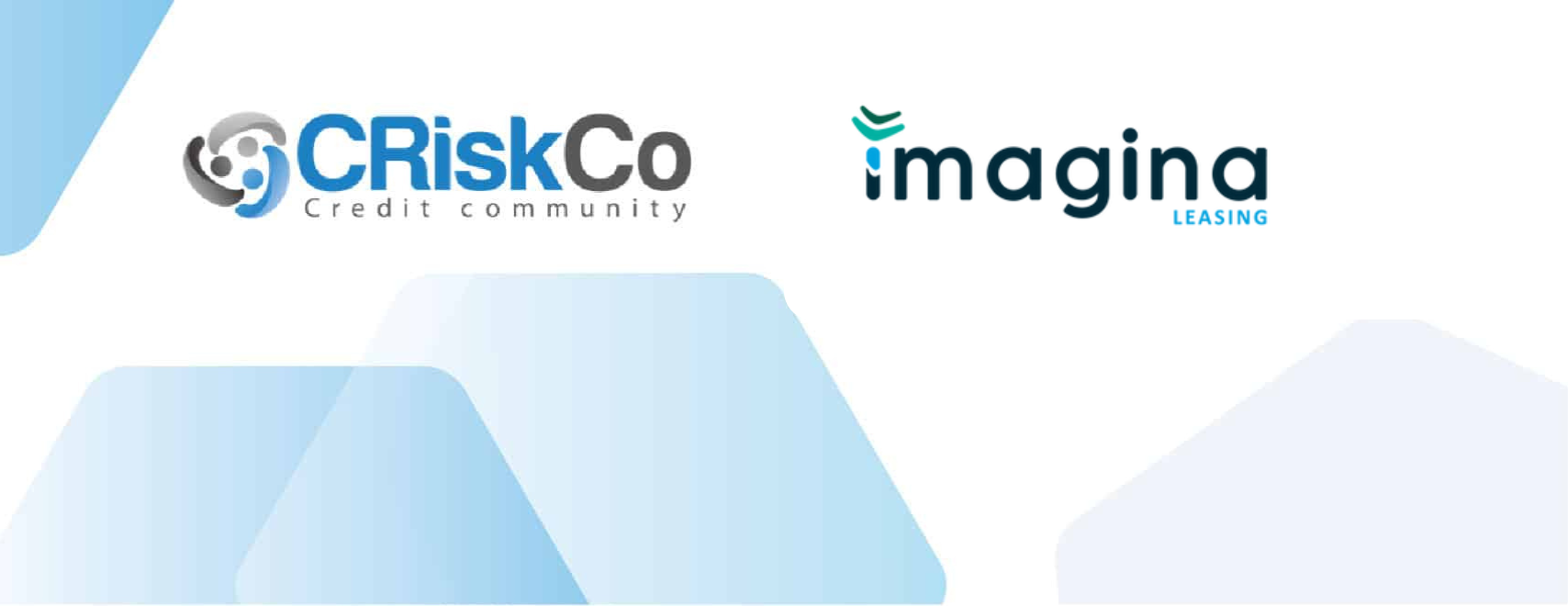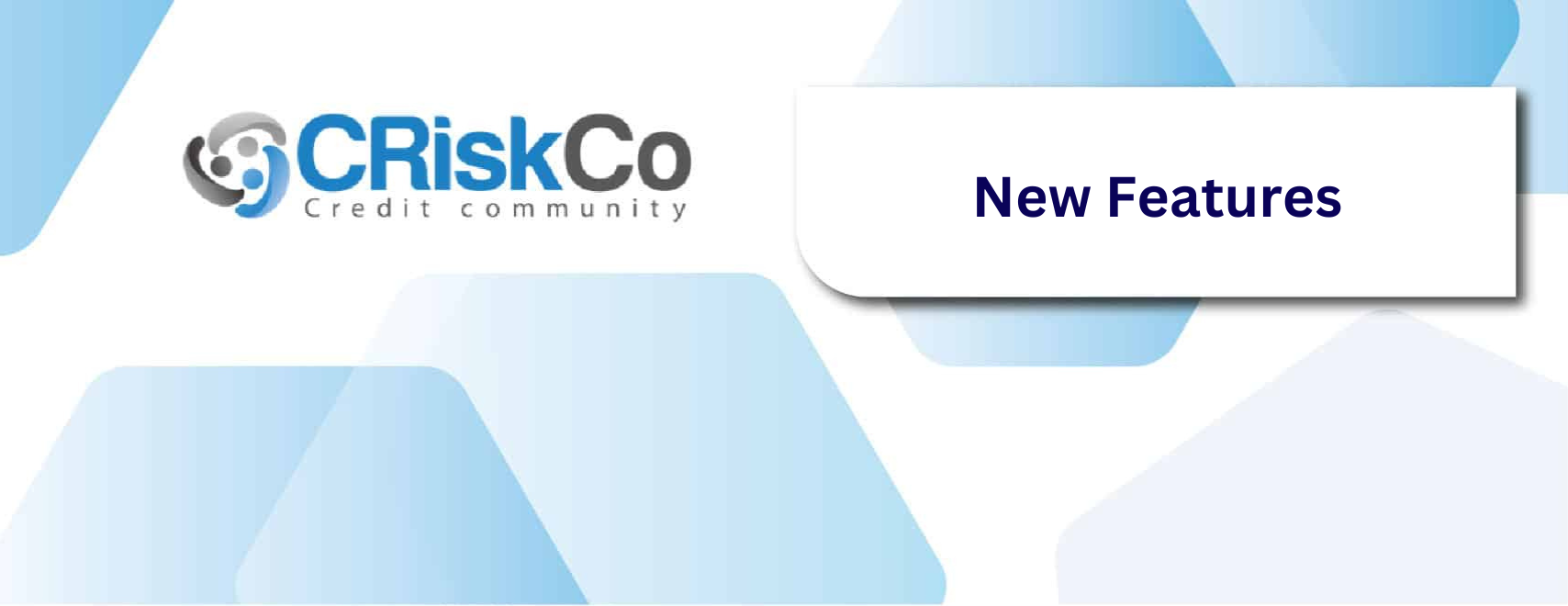- Blog
- Jul 03
What is a credit report and how is it built?
The credit report is a very useful tool for financial institutions, as they rely on it to have a broad profile of those who come to them to apply for a loan. It helps them to get to know potential clients well, and to assess how much risk they may represent.
What is a credit report?
One of these reports contains an overview of all the relevant financial data and a company’s past credit history. These are obtained by a variety of analyses, which cover the financial standing of the company that gave the report’s information, its account statements, and its history of credit and debt payments.
What makes credit analysis crucial?
The value of a credit analysis comes from the knowledge it provides about an applicant’s financial behavior, which is necessary to assess if it is practical to offer them a loan, what the loan amount might be, and under what terms and conditions.
Financial institutions frequently use a collection of credit reports that have already been created by other lenders or by organizations that specialize in gathering this kind of information to conduct one of these analyses and get to know their borrowers.
A tool like an API can speed up the procedure and make it easier to evaluate the issuance of a safe credit because it can take some time to consult all this data.
What extras does an API bring to a credit report?
If a financial institution is supported by an API, such as that of CRiskCo, these reports have the advantage that they take data directly from any leading accounting system, without intermediaries and in real time.
Additionally, processes are carried out with the aid of artificial intelligence and can incorporate predictive data so that financial institutions have an understanding of the future movements of their clients, and their customers, thus anticipating potential contingencies that may arise, and being cautious with the amount to lend and payment facilities.
Another of its advantages is that it also includes, as a complement, a credit score, which normally ranges from 300 to 850 points, and is useful for measuring risks. In this sense, it may be said that applications with scores below 300 are more likely to be disqualified from consideration for financing, whilst businesses with higher scores are likely to be eligible for a safe loan.
This kind of interface gives you highly thorough information for your credit evaluation, such as the borrowing company’s income flow, an estimation of how many clients it has, accounts receivable, and supplier details.
It is a software with many benefits for credit analysis. Everything relies on how the financial institution employs the data this interface makes available.
If you are interested in having this tool and having objective, complete, accurate and fast credit reports, connect with CRiskCo experts, where you will find an API that will make your credit business something safe, reliable and attractive for your clients.
Related Posts

Case Study: Imagina Leasing’s Improved Credit Decisions
Executive Summary Imagina Leasing, a leader in Mexico’s leasing industry, was on a mission to enhance the precision and security of its credit evaluations. Facing challenges in verifying financial documents and managing risks, they turned…
- Nov 14

Strengthen Risk Management with the New Financial Suppliers Tab
We’re thrilled to unveil an exciting update to our UI! Introducing the “Financial Suppliers” tab, now available on the company reports page and in the SAT information report. Know Your Competition and Past Financing Deals…
- Jul 29
Recent Posts
Subscribe
Join our newsletter and stay up to date!